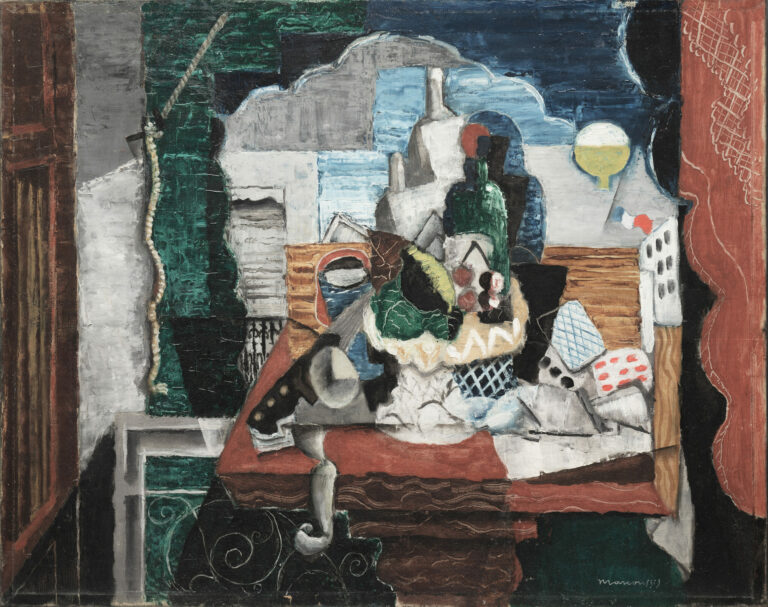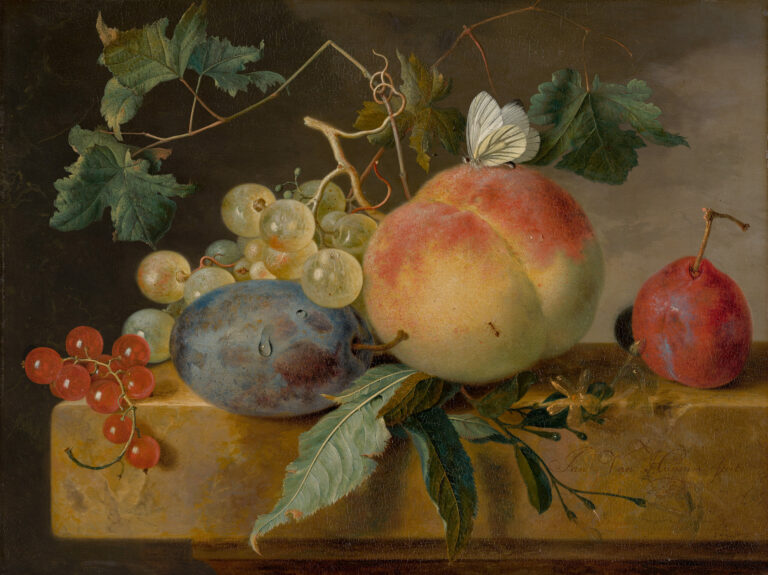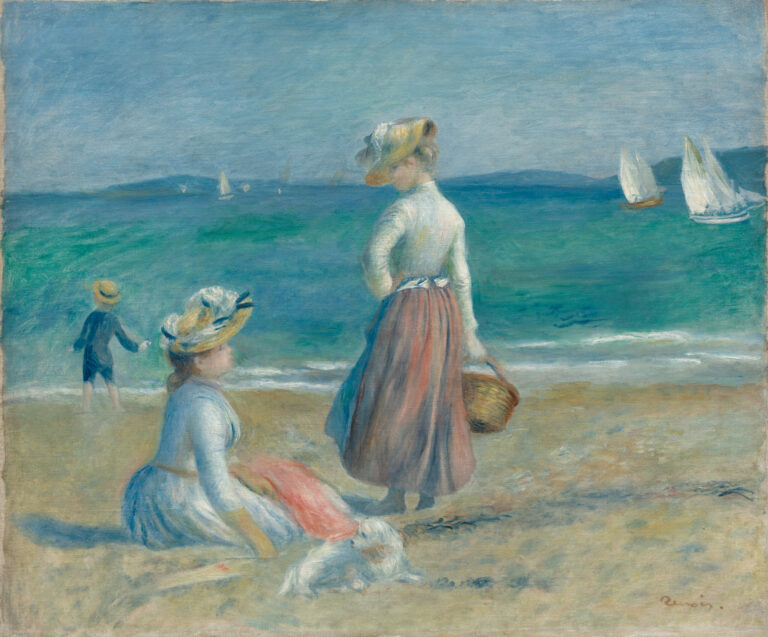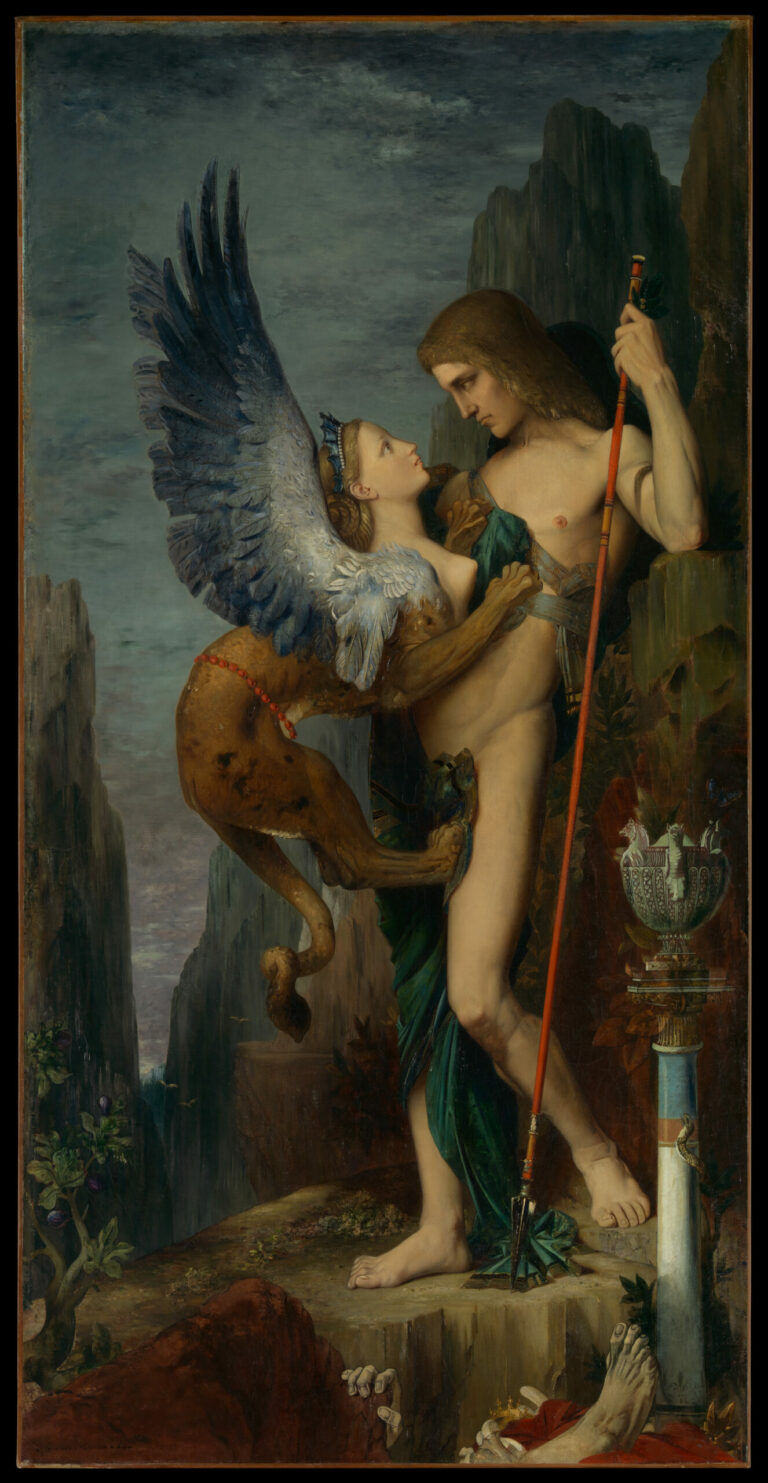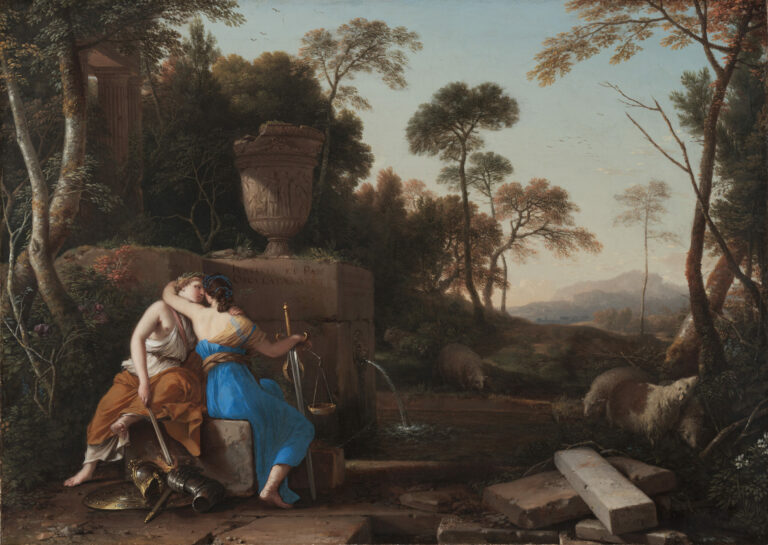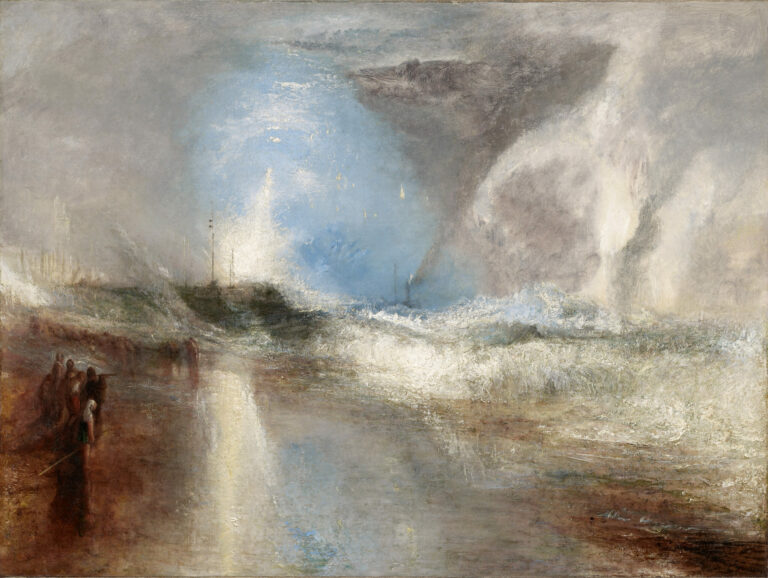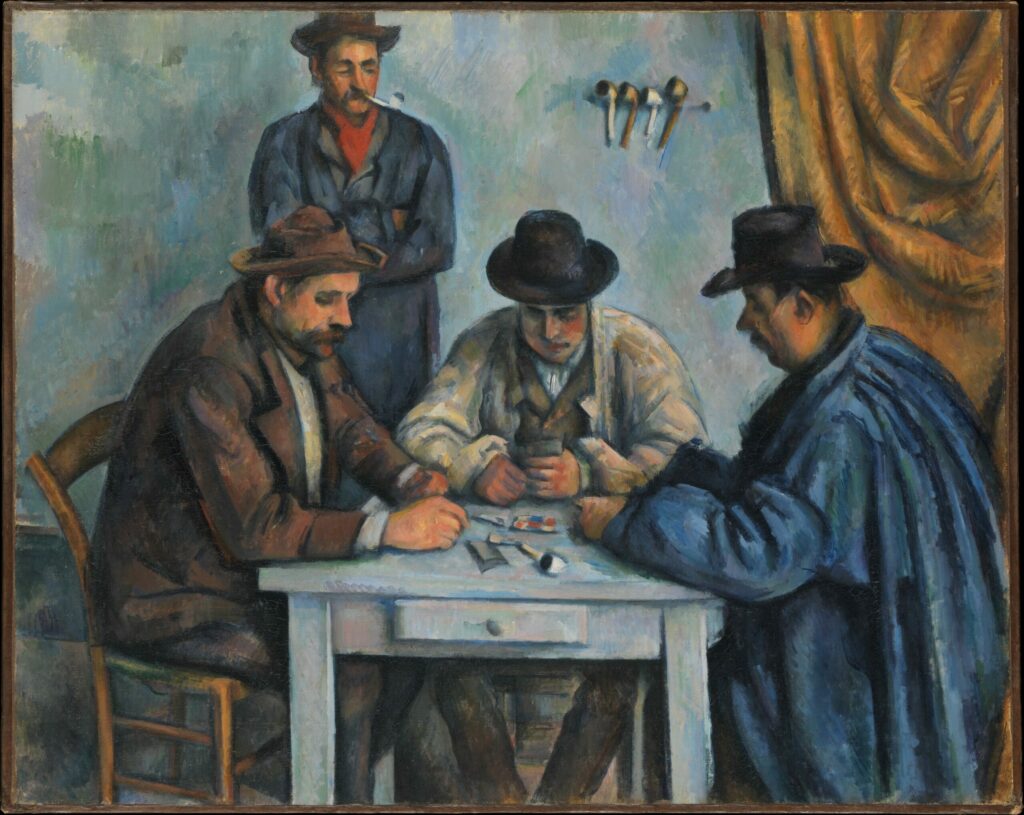
In this canvas painted between 1890 and 1892, Paul Cézanne immerses us in the intimate atmosphere of a card game, a daily scene transformed into a monument of modern art.
Four men, dressed in work clothes of deep brown and blue tones, are absorbed in their game. Cézanne, with his genius for composition and light, transcends the simple card game to create a meditation on the human condition.
The remarkably balanced composition is structured around a light-colored table that anchors the scene. The players, massive and hieratic figures, are depicted with an almost ceremonial gravity. Their faces, partially concealed by their hats, accentuate the intensity of concentration. The background, treated in vibrant touches of blues and greens, and the ochre drapery create a suspended, almost theatrical atmosphere. The subtly constructed geometry of the bodies and the masterful use of volumes already herald the explorations that would influence all 20th-century art.
Further Context
- The Card Players, by Paul Cézanne, between 1890 and 1892
- 25 3/4 x 32 1/4 in. (65.4 x 81.9 cm)
- The Metropolitan Museum of Art, Fifth Avenue, New York, exhibited in Gallery 826
- https://www.metmuseum.org/art/collection/search/435868
Paul Cézanne (1839-1906) is one of the most influential painters in the history of modern art. Born in Aix-en-Provence, he developed a unique style that transcends the Impressionism from which he emerged. His approach to perspective and his method of constructing forms through color paved the way for Cubism and abstract art. A tireless worker and perfectionist, he spent his life relentlessly exploring the same motifs: still lifes, Provençal landscapes, and genre scenes like this series of Card Players, which ranks among his most iconic works.

